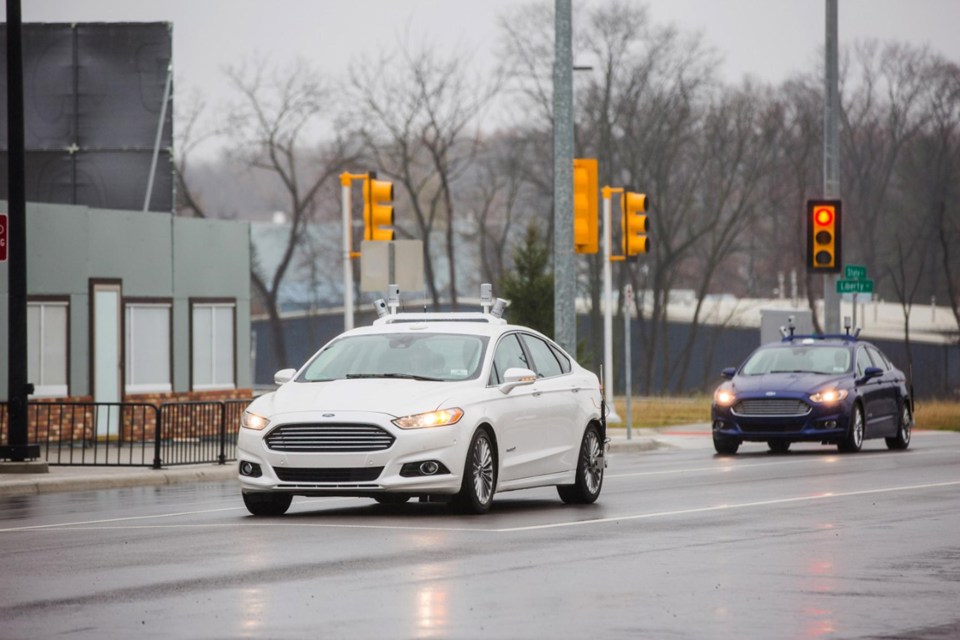Ford is tripling its fleet of fully-autonomous Ford Fusion Hybrid test vehicles and will use new-generation sensor technology to accelerate its autonomous vehicle development plans.
This year, the manufacturer will add 20 Fusion Hybrid autonomous vehicles to its fleet, bringing the total to 30 vehicles being tested on roads in California, Arizona and Michigan.
“Using the most advanced technology and expanding our test fleet are clear signs of our commitment to make autonomous vehicles available for millions of people,” said Raj Nair, Ford executive vice president, global product development, and chief technical officer.
“With more autonomous vehicles on the road, we are accelerating the development of software algorithms that serve to make our vehicles even smarter.”
The newest vehicles represent Ford’s third-generation autonomous vehicle development platform, and are based on Ford Fusion Hybrids, similar to the second-generation platform.
Ford recently announced that its fully autonomous cars will take to the streets of California this year.
The company already tests autonomous vehicles at its proving grounds, as well as on public roads in Michigan.
Ford was the first automaker to test a fully autonomous vehicle at Mcity – a 32-acre, full-scale simulation of a real-world urban environment at the University of Michigan.
Advances in sensing, software and hardware
Ford is using Velodyne’s newest LiDAR sensors – named Solid-state Hybrid Ultra Puck Auto because of its hockey puck-like size and shape – on its third-generation autonomous vehicle platform.
Solid-state Hybrid Ultra Puck Auto sensors boast a longer range of 200 metres, making them the first auto-specific LiDAR sensors capable of handling different driving scenarios.
Their lightweight, sleek design makes it easier to package on a vehicle, such as on the wing-mirror.
The design, which also has an improved targeted view, means Ford can reduce the amount of LiDAR sensors from four to two on new Fusion Hybrid autonomous vehicles, and still get the same amount of useful data.

















Login to comment
Comments
No comments have been made yet.